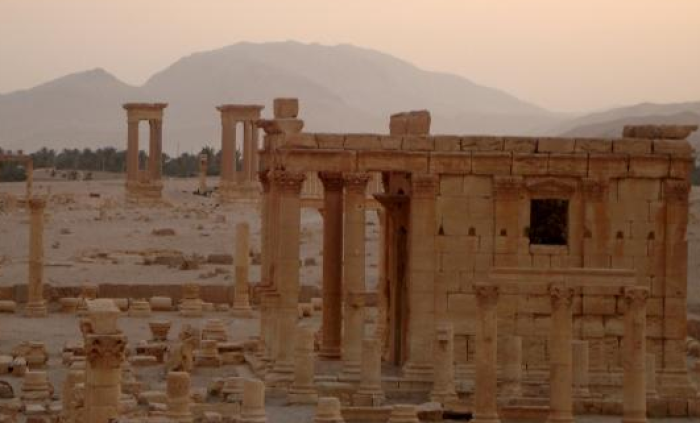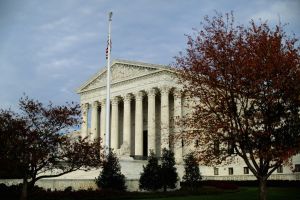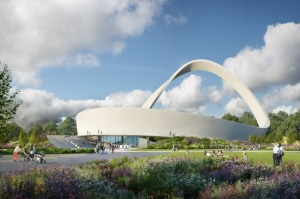Ken Ham Says Archaeological Discoveries of Baal Temple Desecration Proves the Bible's 'Absolute Truthfulness'

Young Earth Creationist Ken Ham has said the recent discoveries of desecration done to the shrines of Baal in Israel allude to specific passages of the Bible and prove the truthfulness of Scripture.
Ham, who is president of the Ark Encounter and the Creation Museum in Kentucky, wrote in a blog post for Answers in Genesis on Thursday that excavation discoveries of an ancient city gate and shrine that the biblical King Hezekiah wanted destroyed somewhere in the eighth century B.C. point directly to 2 Kings in the Bible.
The discoveries in question were made at the site of Tel Lachish, where a city gate which once contained a sacred shrine with two altars also came with a ceremonial toilet made for desecration purposes.
Ham noted that 2 Kings 10:26–28 talks specifically about the destruction of pagan shrines.

"And they brought the sacred pillars out of the temple of Baal and burned them. Then they broke down the sacred pillar of Baal, and tore down the temple of Baal and made it a refuse dump to this day. Thus Jehu destroyed Baal from Israel," the passage reads.
2 Kings 18:4 adds: "He [Hezekiah] removed the high places and broke the sacred pillars, cut down the wooden image and broke in pieces the bronze serpent that Moses had made; for until those days the children of Israel burned incense to it, and called it Nehushtan."
As Sa'ar Ganor, an excavation director with the Israel Antiquities Authority, explained at the time, the excavations prove that Hezekiah had ordered the religious purge.
"The cult worship was eradicated, here's the evidence, smashing the altar horns. But not only was it annulled, in Lachish they put in a throne, the same stone you see here," Ganor said, referencing the stone toilet at the location.
The findings also described chambers at the city gate which led to sets of stairs descending into other chambers where offerings to Baal were placed. The two four-horned altars had been deliberately desecrated, however.
Ham said in his analysis that archaeology continues to show the "absolute truthfulness of Scripture."
He wrote: "So this one archaeological dig, corroborating aspects of two historical accounts in Scripture, is just another example of how the history in the Bible is true and reliable. Over the years, many archaeologists have claimed there was no archaeological evidence for many of the events recorded in the Bible."
Back in January, the AIG president said the separate discovery of the seal of Hezekiah in an ancient dump next to Jerusalem's Old City also serves as evidence confirming God's Word in the Bible.
"The biblical account of Hezekiah and his religious reforms is personally inspiring and encouraging to me," Ham said.
He noted in his latest piece that atheists often accuse the Bible of being "full of fairy tales," yet discoveries keep alluding to specific descriptions in the Gospel.
"You see, it's not a matter of evidence; it's a matter of the heart. Thus, no matter how much evidence they see for the veracity of Scripture, some will reject it outright," Ham added.
"But the Christian can look at this discovery and proclaim with the prophet, 'The grass withers, the flower fades, but the Word of our God stands forever' (Isaiah 40:8)."





























